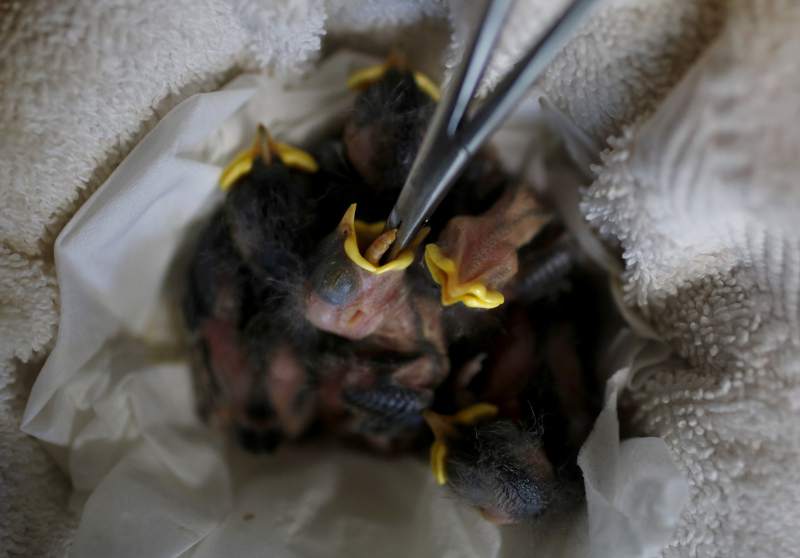
With so much information on the Internet about how to raise an orphaned wild bird, how do you decide which advice to follow?
If you are reading this, odds are you mean well and you want to help. I have been a wild bird rehabilitator for 26 years, and you have my gratitude and admiration for your willingness to provide aid to a helpless creature.
But nearly all the feeding advice on the internet is wrong. Not only that, it’s rare to find descriptions of the dozens of other issues which stand in the way of a captive-raised wild bird surviving her release.
Take a look at these pictures. On the left are healthy young wild birds, on the right are birds raised by well-meaning but unlicensed people who took their information from the internet.
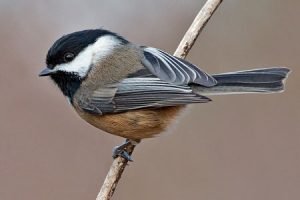
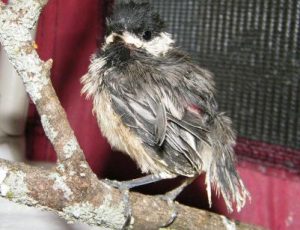
Black-capped Chickadee. Feeding the wrong diet will result in feathers like the ones on the right. They will not keep the bird warm and are not waterproof, so after the first rainstorm she’ll be soaked and cold.
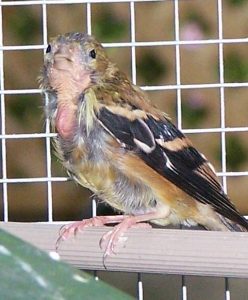
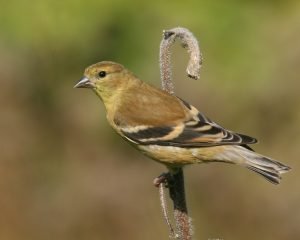
American Goldfinch. Sometimes people – including veterinarians who haven’t studied wild birds – suggest feeding Exact (or a similar brand) Pet Bird Formula. Not only is this a terrible diet for a wild bird, but spilled formula will destroy their feathers (see throat area).
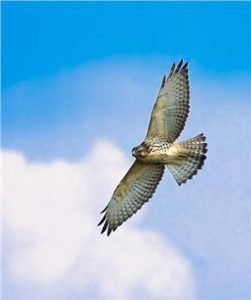
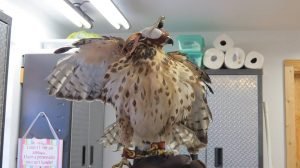
Broad-winged Hawk. The broken feathers on the hawk wearing a falconry hood are the result of a bad diet and a small cage. A raptor raised as a pet can never be released – imagine a hungry bird of prey trying to land on an unsuspecting person, hoping to be fed.

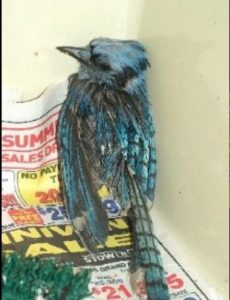
Blue Jay. Remember that awful experiment where baby monkeys were deprived of all parent/sibling contact, and became phobic? Wild birds cannot be raised alone. They also cannot be released unless they have been taught to find their own specific type of food.
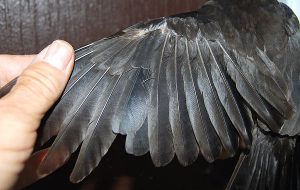
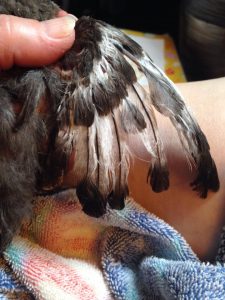
Common Grackle. On the left are the dark, shiny, waterproof feathers of a healthy young grackle. On the right are the feathers of an orphaned grackle fed, said the finder, a diet found on the internet.
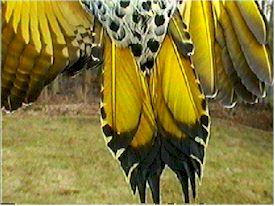

Northern Flicker. Like human babies, young birds are messy. If they don’t have the right enclosure and it isn’t kept scrupulously clean, feces will become encrusted in their feathers and burn their skin. Wild birds cannot be kept in wire cages, either, as rubbing against wire will shred their feathers.
If you’re online searching for the best advice, thanks again for trying to help. Do make sure the bird is really an orphan and that the parents aren’t hiding, waiting for you to leave. If the bird is truly orphaned and needs help, the best advice is the shortest: take her to a wildlife rehabilitator. Not only will you have saved the life of a beautiful wild bird, you will have given her the only chance of eventually living the way a wild bird is meant to live.
Need more information while you’re finding a licensed wildlife rehabilitator? Curious about the time, skill, and knowledge it takes to successfully raise wild birds? Click here for specific information on what to do when you find a baby bird from Native Songbird Care and Conservation, a renowned songbird rehabilitation center run by licensed professionals.
And if you’re drawn to wild creatures, investigate volunteering at a local nature center or rehabilitation facility. Working with wildlife is incredibly rewarding, and you could end up a licensed rehabber. There aren’t enough of us, and we need you!
Banner photo of Chestnut-backed Chickadees by Native Songbird Care and Conservation; first Black-capped Chickadee by naturemappingfoundation.org, second by Connie Black; first goldfinch by www.birdspix.com, second by Connie Black; first broadwing by Hawk Mountain, second by Nat Mong; first jay by Henry McLin, second by Elizabeth Eschete’; first grackle by Wild Places Blog, second by Jodi Swenson; first flicker by Wild Birds Unlimited, second by anonymous.











Thank you, Suzie, this is essential information for all of us to pass along!
Thank YOU, Wendy! Sometimes you really need visuals to go with the info!